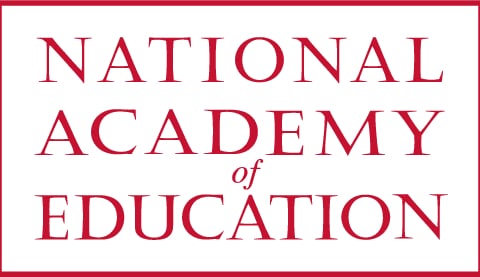Understanding Language in Language Minority Education: Toward a Theory of Language in Contact
Jeff MacSwan
About the research
Award
NAEd/Spencer Postdoctoral Fellowship
Award Year
2003
Institution
Arizona State University
Primary Discipline
Linguistics
N/A
About Jeff MacSwan
N/A
